
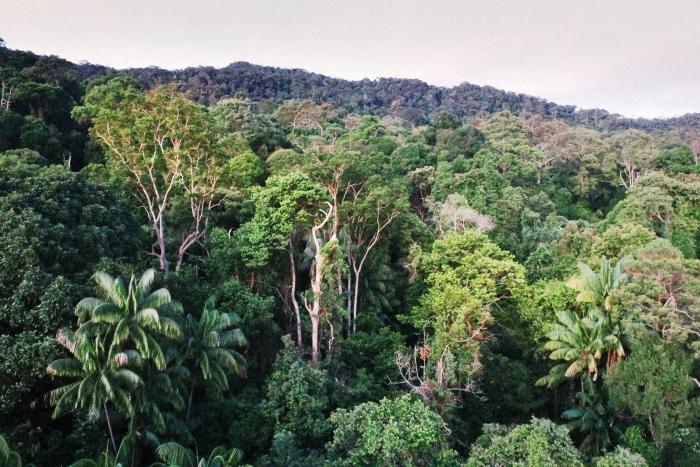
Rainforests contain between half to three-quarters of all species on earth. Only 20 percent of Malaysian Borneo’s rainforest, seen here, remains. To keep the Brazilian Amazon from sharing the same fate, Indigenous peoples are fighting back against illegal logging.
In April 2017, Saira Ka’apor was found stabbed to death in a logging town in the Brazilian Amazon rainforest. Saira was a member of the Ka’apor Forest Guard, an Indigenous group that patrols their territory with clubs, bows and arrows to drive off illegal loggers. Though putting their own lives at stake, their fight has helped to slow the seemingly unstoppable rate of deforestation. “We got tired of waiting for the government,” says Irakadju, a Ka’apor Indian leader, “Our forest was being taken away from us, but we woke up.”
The Brazilian Amazon has lost 20 percent of its forest since 1970. Deforestation peaked in 2004, then began a sharp decline. Looking at satellite images of the Amazon rainforest state of Maranhão, red deforested areas encircle huge islands of green. The borders of these green protected areas are clearly demarcated, like invisible walls across the rainforest.
Those invisible walls are the Indigenous borders patrolled by Native peoples like the Ka’apor. It’s dangerous work — since 2008 six Ka’apor leaders have died defending their territory from illegal loggers. What kind of people would die to protect trees?
“Many … feel that the standing forest is of no use. They cannot see that a living jungle is good for the entire world and helps the Earth to breathe,” says Irakadju Ka’apor.
In the past twenty years the notion of “wilderness” has come to be understood as a myth. Archaeological and historical evidence shows that virtually every corner of the globe has been tended and managed by people for the extent of human history. For 150,000 years, those humans who tended the land and its species were Indigenous peoples. Before we go any further, however, we need to know, “Who are Indigenous peoples?”
The United Nations uses a set of common characteristics to define Indigenous peoples. They possess a distinct population relative to the dominant postcolonial culture of their country. They have a distinct language, culture and traditions influenced by living relationships with the ancestral homeland. They demonstrate a resolve to maintain and reproduce their ancestral environments and systems as distinctive peoples and communities.
The last two characteristics also define a related term coined by ecologist Raymond Dasmann: Ecosystem peoples. Ecosystem peoples depend on the resources supplied by local ecosystems and know immediately if their exploitation patterns are damaging. In this context, Indigenous peoples are also Ecosystem peoples.
Let’s return to caretaking of the land. Journalist Charles Mann, author of the book 1491, describes the myth of pristine wilderness: “Native Americans were keystone species ... They were the keystone species because they were human beings, and human beings are incredibly powerful at shaping environments around themselves.” Mann goes on to explain that national parks are cherished precisely because Indigenous people managed those lands for millennia in a way that created the seemingly pristine wilderness valued by non-Native Americans today.
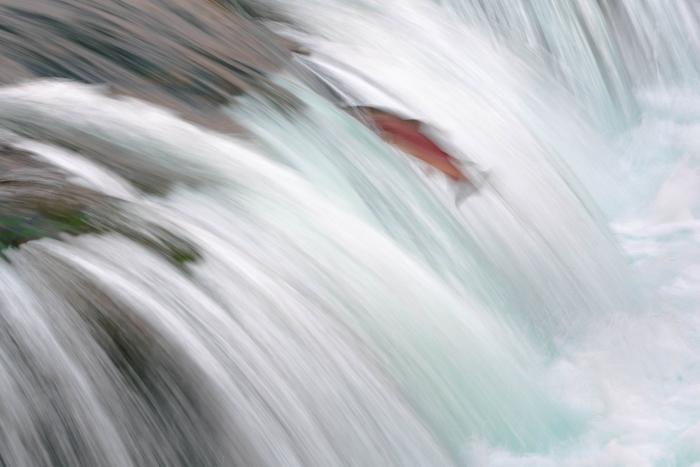
Today the world’s 300 million Indigenous people live in every inhabitable biome on earth, some of whom inhabit territories with the highest levels of biodiversity. Remarkably, the regions of greatest biological richness are often strongly correlated through their high diversity of human cultures, and many of those are often Indigenous cultures.
Many Indigenous cultures are excellent at maintaining biological diversity while hunting, fishing and grazing in those same territories.
In other words, Ecosystem peoples protect the lands they depend upon.
Let’s look at the history of Western ideas about Indigenous peoples. In the 1960s, the idea of Native peoples as primitive savages partially gave way to Natives as spiritual people in harmony with nature. Underlying this “noble savage” idea is the assumption that any Indigenous culture that changes through outside contact means it is no longer Indigenous.
It was this thinking that shaped current models of conservation. Historian Karl Jacoby notes this, saying, “Conservation is used as a tool of colonialism. Conservation is basically trying to say that ‘We the state have the appropriate knowledge to manage the environment in the best way’, rather than indigenous peoples and other prior inhabitants.”
Today Western scientists and conservationists are beginning to redefine Indigenous peoples as Ecosystem peoples. In this new understanding, Indigenous cultures do not draw a separation between themselves and their environment, but consider themselves part of the ecosystem. They manage the land as they manage their own lives — as an inseparable unit.
For Natives, what happens to the ecosystem and its inhabitants also happens to the people.
Coyote …
… men sometimes forget to love their own mothers
so how could they love this river which gave birth
to a thousand lifetimes of salmon? How could they love
these Falls, which have fallen farther, which sit dry
and quiet as a graveyard now? These Falls are that place
where ghosts of salmon jump, where ghosts of women mourn
their children who will never find their way back home,
where I stand now and search for any kind of love,
where I sing softly, under my breath, alone and angry.
— Sherman Alexie, Spokane/Coeur d’Alene
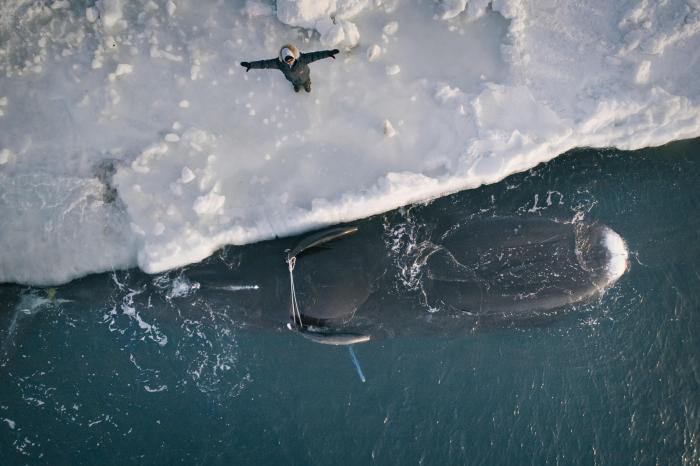
Last spring, I stood on sea ice, high above the Arctic Circle. I was with my friends — a crew of Alaskan Iñupiaq whale hunters — watching for bowhead whales over the Arctic Ocean.
As we stood, unmoving but vigilant, I heard a whale’s telltale spout and then saw its breath shoot into the air. I turned to motion to the crew that a whale was coming, to get ready. Instead, Iñupiaq whaler Kanisan Ningeok turned to me and said quietly, “That one is not for us. The whale chooses us. We sit on the ice and hope the whale gives itself.”
The Iñupiaq have been hunting whales here for at least 2,000 years. Yet the fact that they have the rights to whale today is remarkable — they nearly lost this way of life when the International Whaling Commission declared a moratorium on whaling in 1977. The irony of that move was not lost on the Iñupiaq, who were around in 1848 when European whalers discovered the unexploited population of bowhead whales off Iñupiaq shores.
European and American whalers killed 12,000 whales and countless walrus, decimating the population and causing the starvation of a thousand Iñupiaq living on St. Lawrence Island in Western Alaska.
When the 1977 moratorium was declared, it was based on an inaccurate bowhead population count — stated to be around 800 whales. Iñupiaq elders, discussing among themselves, estimated the population to be at least 4,000.
The Iñupiaq refused to give up and started their own Alaskan Eskimo Whaling Commission, fighting for the right to hunt whales and to manage their own bowhead whale population. They won and, shortly thereafter, with the help of Iñupiaq hunters, US government scientists came up with a more accurate population count of 8,000 whales.
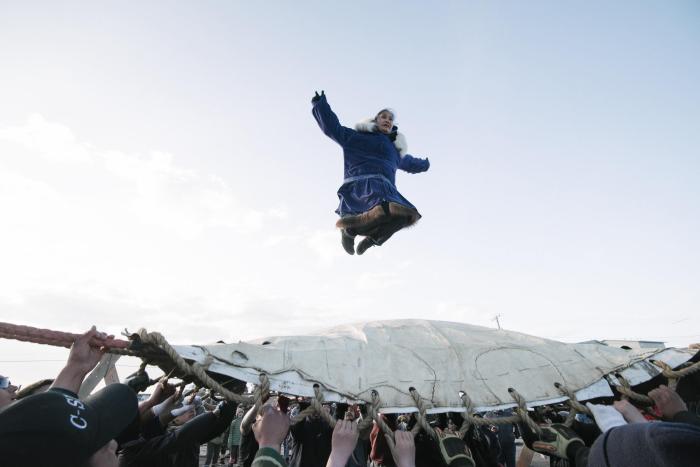
By 2011, under Iñupiaq management, the whale population had risen to almost 17,000 whales, which is believed to be even more than before the arrival of European whalers in the 1800s! Today the Beaufort Sea bowhead population continues to grow at 3.7 percent annually, and serves as a prime example of how a modern Indigenous people can self-manage sensitive wildlife, even while hunting for subsistence.
Indigenous land management practices have evolved over thousands of years — and continue to evolve. Today the Ka’apor use game cameras and GPS to monitor wildlife activity and illegal logging. The Iñupiaq share information about whale observations and ice conditions over an extensive network of VHF radios. These modern additions are the natural adaptation for Indigenous people who live in a changing world with changing demands. It is up to non-Ecosystem people to see that, even in the modernizing world, Indigenous peoples remain expert land managers who can work in partnership with modern conservation efforts.
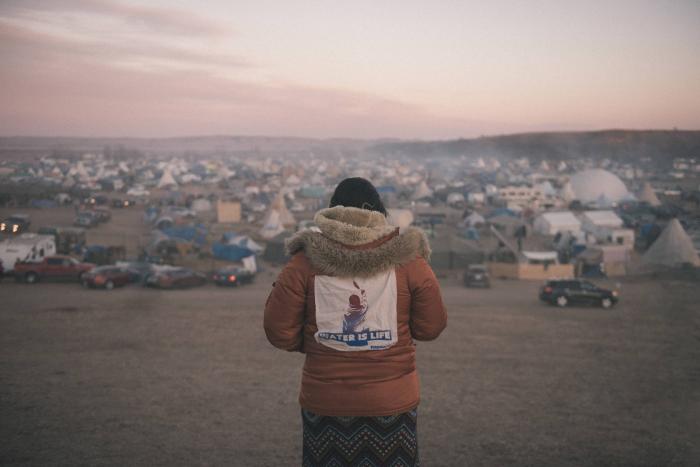
Indigenous peoples place value upon entire ecosystems, not just charismatic animals like whales and polar bears. I saw this respect for the greater ecosystem embodied by the Standing Rock Sioux at the Dakota Access Pipeline protest in 2016.
The pipeline now crosses the Missouri River, the main source of water for the Lakota. Media coverage of the protest ignited discussion and debate about the politics of Indigenous land rights. Over multiple visits to Standing Rock, I witnessed thousands of people — from all races and cultures — gathering in support of the Lakota people and their land rights. I saw outsiders running into new values in a camp structured around Indigenous priorities. There they caught a glimpse of the world from Native eyes. This is powerful because the Lakota’s new allies have begun to value the land the way the Lakota do. At Standing Rock, the mantra is Mni Wiconi, or Water is Life, an expression of their respect for and dependency on the waters of the Cannonball and Missouri rivers.
In November I met Vic Camp, the Sundance leader of the Pine Ridge reservation. He told me, “As a Lakota, we are raised and taught that water is medicine — without water, there are no future generations. Water is sacred. Mother Earth is sacred. We feel our mother’s pain right now.”
The day before I spoke to Vic, a major confrontation erupted between North Dakota police and Standing Rock water protectors. Dozens were sprayed with water cannons in subzero temperatures, and no one was able to breathe properly due to tear gas. Despite this, everywhere I went, Lakota were gearing up with the few resources they had to go back out, from an 18-year-old boy to a 90-year-old grandmother.
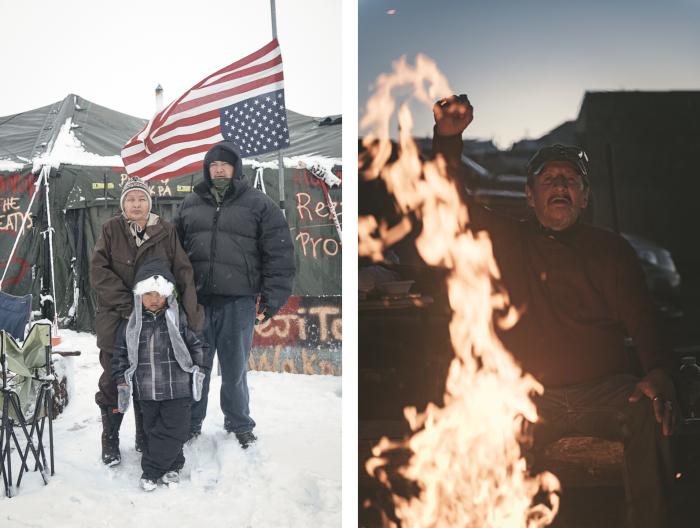
It is only a matter of time before the pipeline breaks and leaks oil into the Missouri River watershed. The Dakota Pipeline’s bigger brother, Keystone XL, leaked 210,000 gallons of oil in November 2017, and another pipeline leaked one million gallons into Michigan’s Kalamazoo River in 2010.
In September 2016, the journal Science published a letter from a coalition of 220 scientists expressing grave concerns about the impact the Dakota Pipeline would have on the fragile Great Plains ecosystem in the event of a pipeline spill. "Oil leaks or spills can have disastrous impacts on water, land and the species and people that depend on them," wrote scientist Stephanie Januchowski-Hartley. "Cleaning up leaks and spills can also take an incredible amount of resources and time; rarely fully restoring what was lost from a system. Leaks or spills into aquatic environments, like the Missouri River and associated tributaries, can have disastrous consequences beyond the direct sight of the leak or spill."
In the eyes of the Sioux there remains no choice but to fight to protect the land. The daily struggle at Standing Rock turned this idea into reality for supporters. It is easy to write off the protestors as having nothing to lose, but from the Sioux perspective the opposite is true. They have everything to lose, for land is life, water is life.
Biodiversity is endangered. Indigenous peoples are endangered. What we can we do to turn the tide?
One of the most powerful strategies is conservation through Indigenous consultation and co-management of ecosystems. Although this new inclusive management strategy is gaining traction, in the majority of protected areas there is not even Indigenous consultation on land issues.
Governments and NGOs should empower local Indigenous communities by giving them control of their own territories with legally enforceable rights to lands and waters. We’ve seen that Indigenous legal rights to land have slowed the deforestation of the Brazilian Amazon and restored the population of bowhead whales in Alaska. We’ve also seen that insufficient and unclear land rights for the Standing Rock Sioux have led to the manipulation of laws to the advantage of oil companies.
In many regions, the only thing that can slow down the loss of biodiversity is Indigenous communities. They are often the sole party on the ground with a stake in a flourishing ecosystem, and the only ones who can fight back against illegal loggers, poachers and developers. The conservation community is beginning to recognize that many Indigenous-held territories, especially sacred areas, can be considered de-facto protected areas. Many of these regions, protected for millennia, have been seized by governments and turned into national parks and natural reserves by removing their inhabitants — lands prized because they were well-managed to begin with.
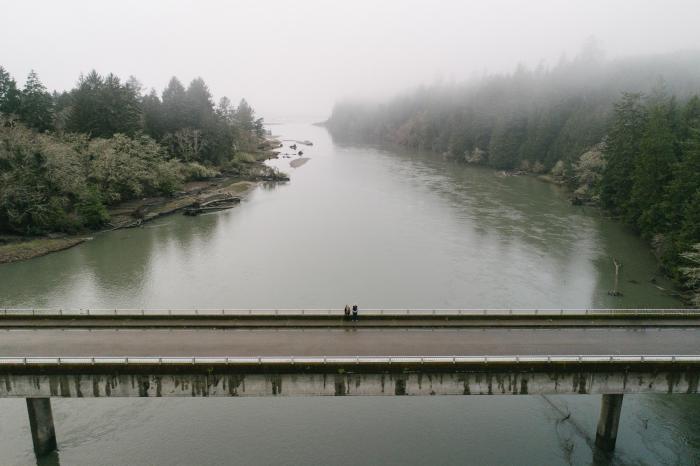
Victor Toledo of the Institute of Ecology at the National University of Mexico relays a new attitude in conservation: “Indigenous peoples are often classified as impoverished or treated as invisible. However, in the final analysis, they hold the key to successful biodiversity conservation in most of the biologically richest areas of the world.”
Since the beginning of the environmental movement, impassioned people have struggled to stop the decline of the world’s plant and animal species. Today we recognize that there are experts to consult — Indigenous communities with vested interests in maintaining the earth’s biodiversity. By working alongside these experts, we can turn environmental despair into hope.